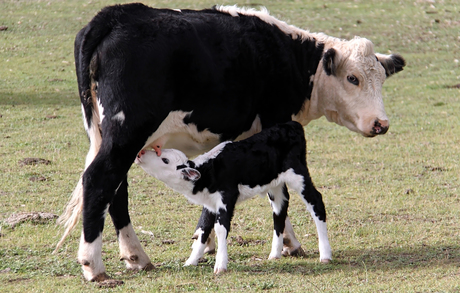Bioniche secures grant for E. coli vaccine project

Bioniche (ASX:BNC) will receive a Canadian government grant of up to C$500,000 ($471,000) to support research into a second-generation of its E. coli O157 cattle vaccine.
The National Research Council of Canada’s Industrial Research Assistance Program (IRAP) will contribute funding to the R&D project.
Bioniche said it plans to use the grant to help offset the salary costs and contractor fees associated with the project over the next three years.
The company has a first-generation E. coli O157 cattle vaccine, Echoniche, which is on the market in Canada and is approved for import into Australia and into the UK.
But Bioniche One Health President Rick Culbert said the company believes a second-generation vaccine will be “safer to make, more readily produced with higher yields ... and may have the potential to cross-protect against other E. coli serotypes”.
O157 is the most common serotype of E. coli infection in North America. Around 100,000 cases of O157 infection are reported in the market every year, with around one third of infections thought to originate from tainted beef.
“There is compelling evidence to show that immunisation of cattle against E. coli O157 will reduce the shedding of this deadly pathogen, and several modelling studies have been done to demonstrate that human illness would be reduced as a result of this reduction in shedding,” Culbert said.
Bioniche last week welcomed a decision by the Canadian government to invest C$127 million into the National Research Council.
The dual-listed Canadian company has operations in human health, food safety and animal health.
Bioniche shares were trading unchanged at $0.23 as of around 2.30 pm on Thursday.
Clogged 'drains' in the brain an early sign of Alzheimer’s
'Drains' in the brain, responsible for clearing toxic waste in the organ, tend to get...
World's oldest known RNA extracted from woolly mammoth
The RNA sequences are understood to be the oldest ever recovered, coming from mammoth tissue...
The voice of reason: natural language interfaces to transform lab informatics
In everyday life, voice interaction with technology can save time and reduce friction. The same...







